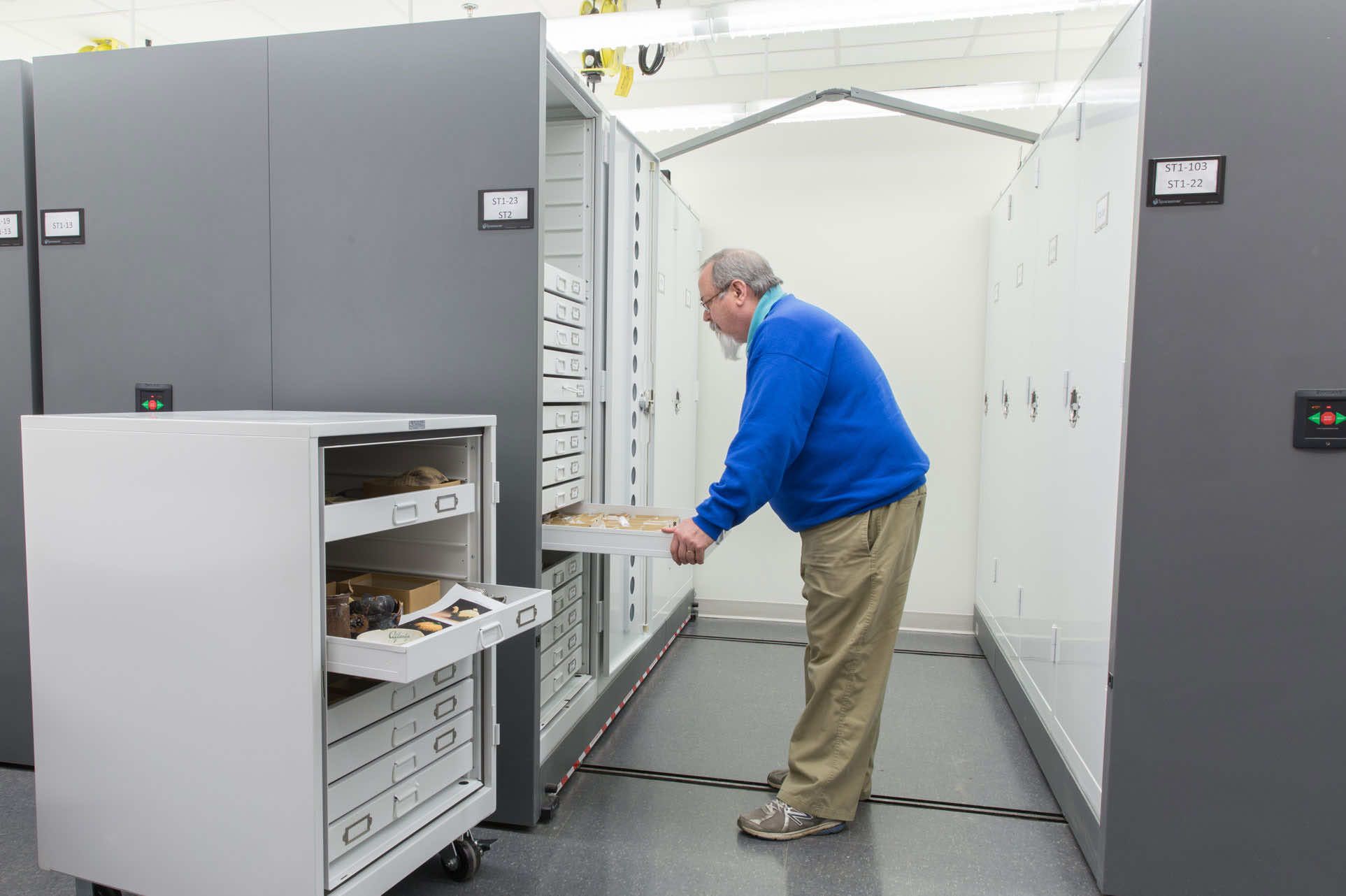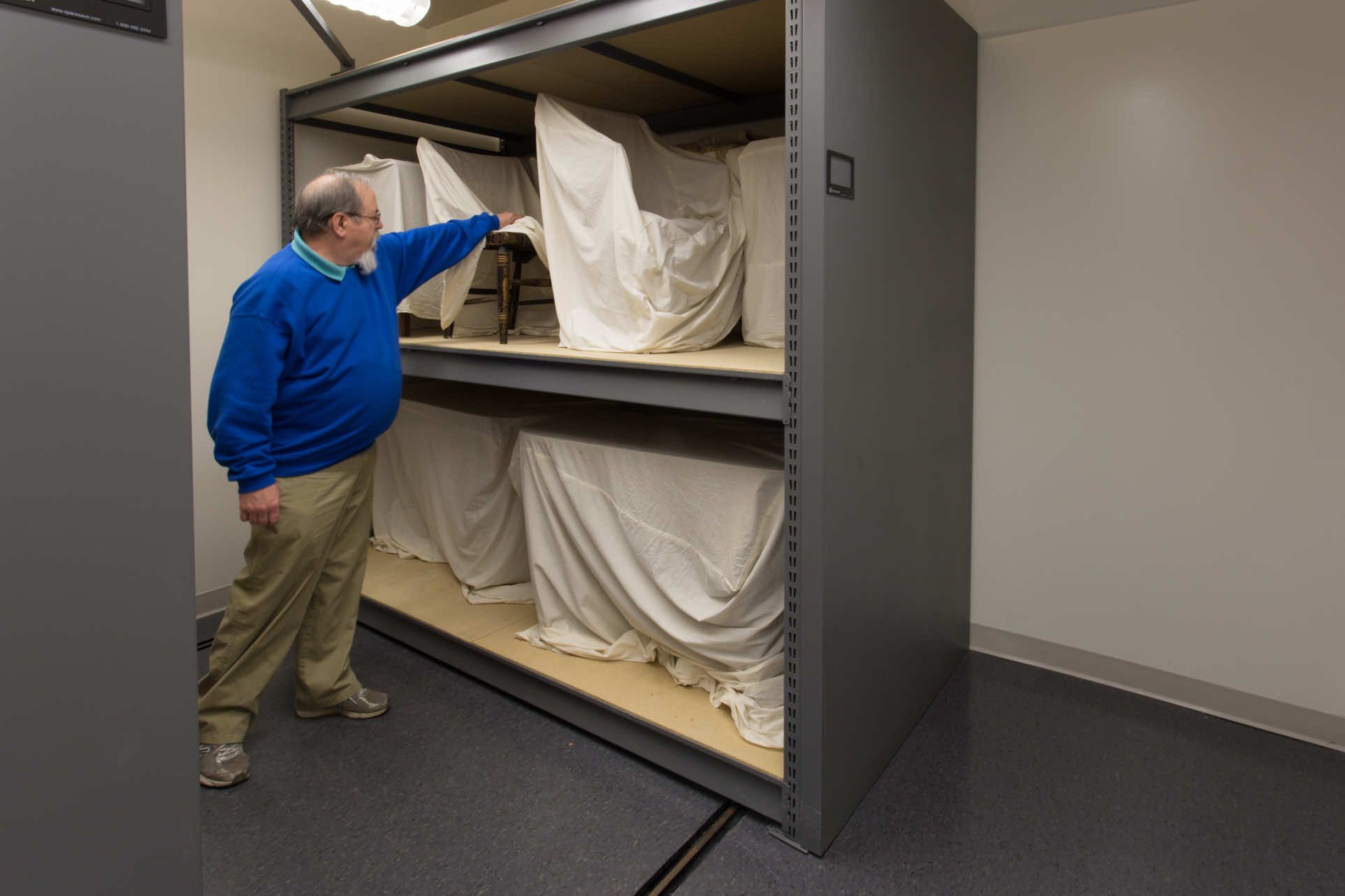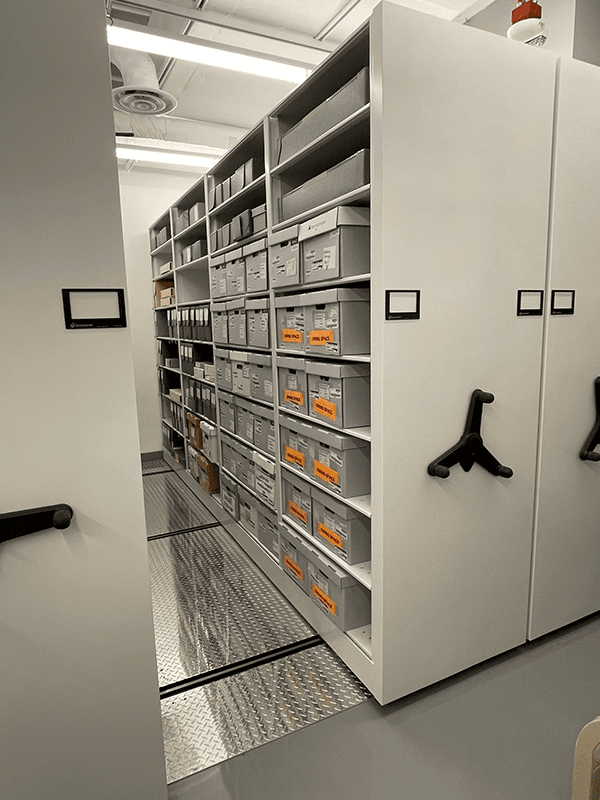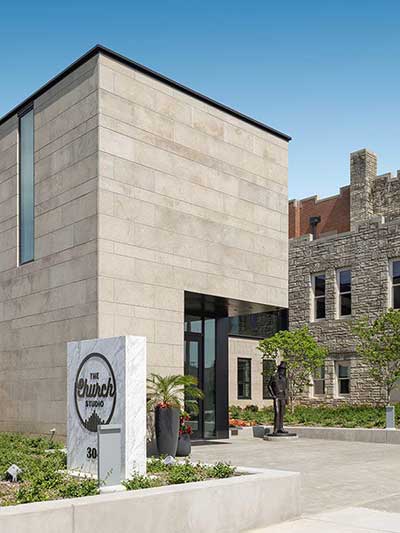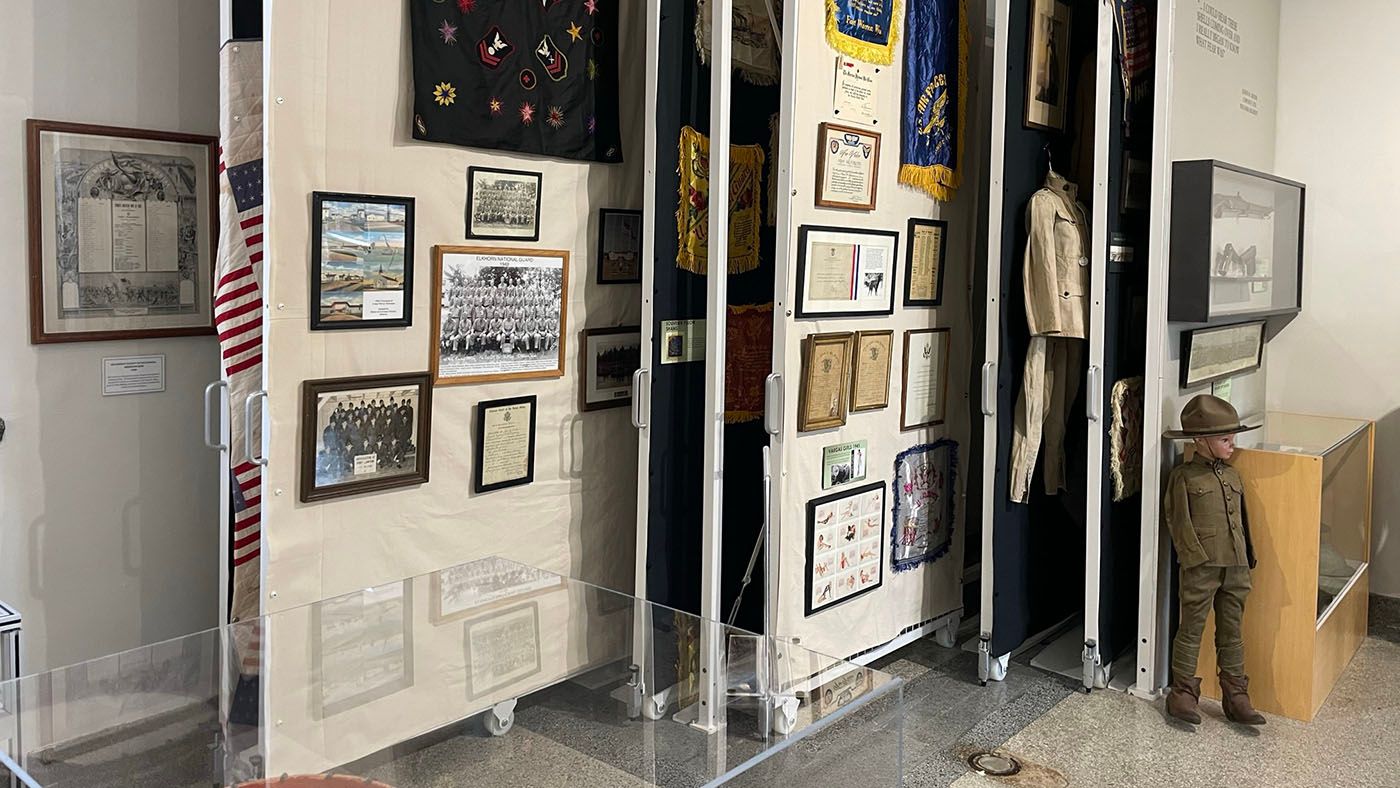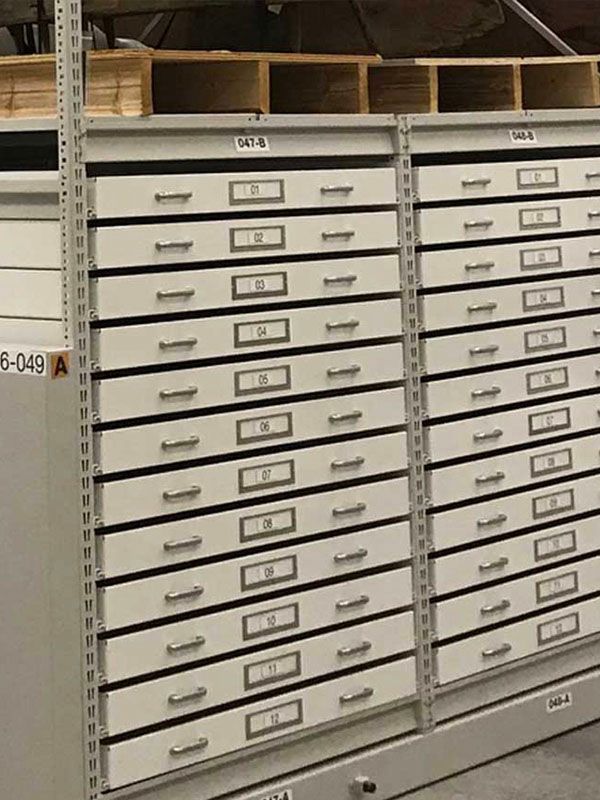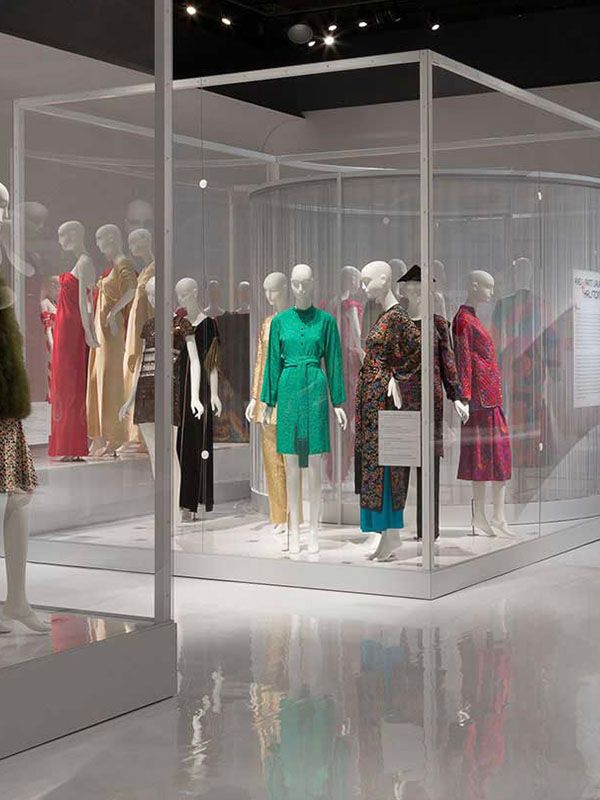St. Mary's City, Maryland
Collections Care at a Teaching Museum
Historic St. Mary's City uses Spacesaver collections carts to transfer artifacts from collections care areas to classrooms.
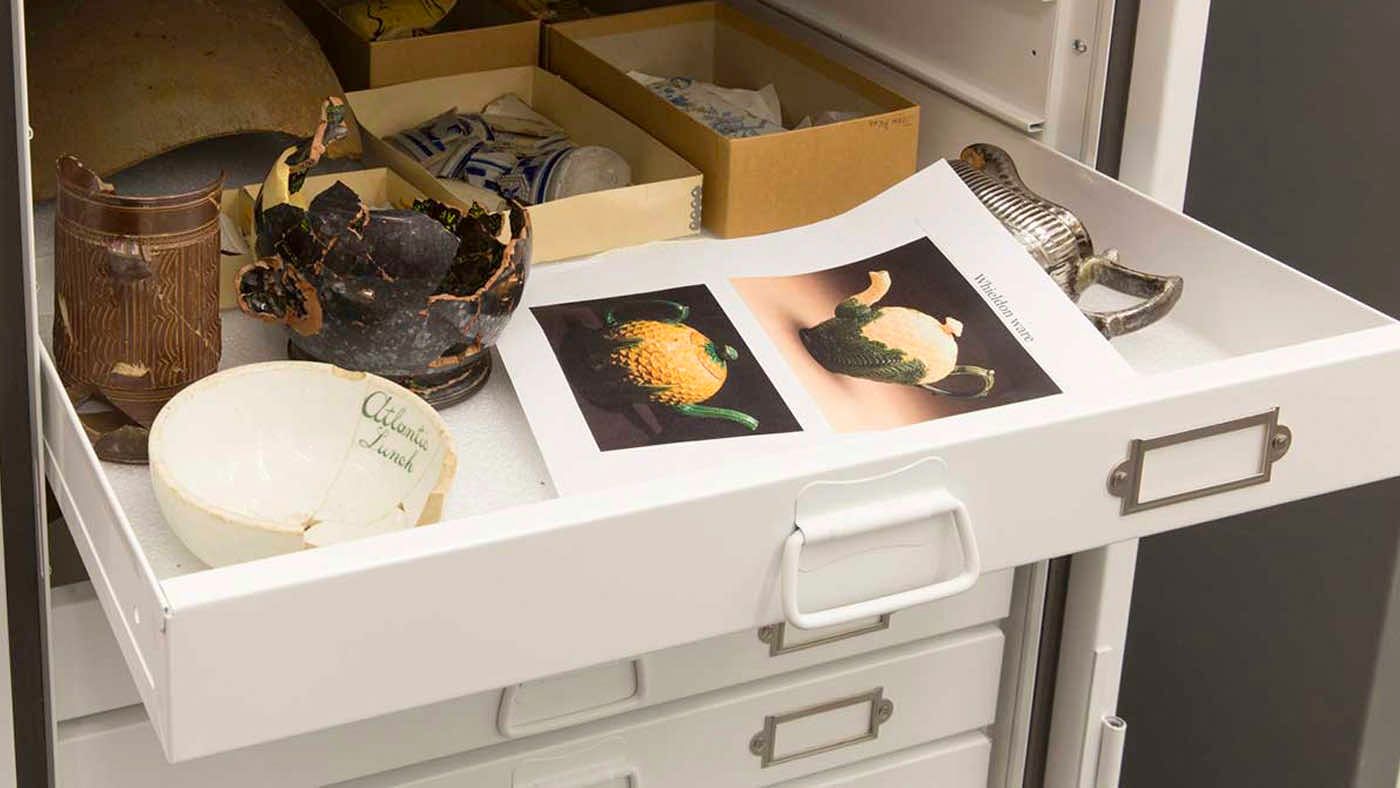
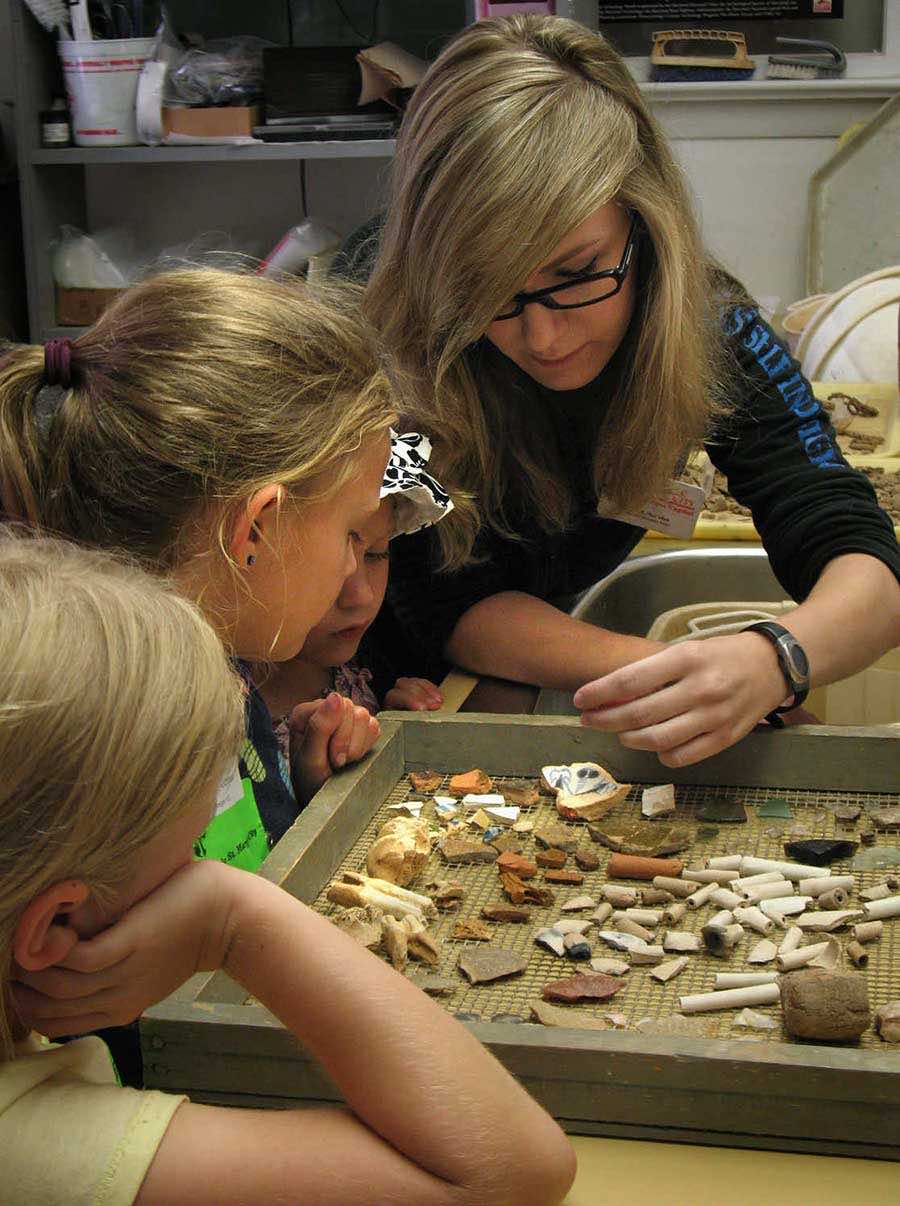
Teaching and Learning in Historic Settings
Historic St. Mary’s City was organized in 1967 to preserve, protect, and interpret the landscape of the original settlement site of Maryland. Initially comprising a quarter of an acre and the reconstructed original state house, the institution now includes 825 acres of preserved property and a variety of interpretive areas.
While the casual visitor might consider the institution to be primarily a “living” or open-air museum, much of the work happens inside, behind the scenes. Because the museum is still actively excavating various archaeological sites, its collection grows nearly every day, and museum staff teach classes in addition to performing more typical curatorial and conservation tasks.
After years of struggling with collections storage issues, staff was recently given the chance to design and build a purpose-built facility that would facilitate not only storing artifacts and records but also teaching with them. Staff worked within strict space constraints and budget restrictions to create workspaces and collections care areas that would allow them to efficiently store artifacts while still providing room to grow.
Download & Share the Story
Get the full story behind Historic St. Mary’s success and gain access to all Spacesaver’s case studies and product information.
Download & Share the Story
Get the full story behind Historic St. Mary’s success and gain access to all Spacesaver’s case studies and product information.


"My advice to others undertaking a project like this is to try to think holistically. Don’t focus on the way you’ve always done it; focus on how you’d like to do it. Think in terms of adjacencies. How can you make the artifacts flow smoothly through the facility and into storage and out of storage?"
- Silas Hurry, Curator of Collections and Archaeological Laboratory Director
The Study Collection
The museum’s study collection consists of objects that museum staff turn to on a regular basis for instructional purposes or to help researchers identify recently excavated objects. The collection includes ceramics, glass, fragments of historic architecture, Native American artifacts, and more. Natural history specimens that can be used for identification purposes are also stored in the room.
Because the collection is accessed daily, staff wanted collections cabinets mounted on a powered compact storage system to facilitate storage and retrieval. And because the artifacts are frequently used in classes, staff ordered cabinets fitted with wheels to keep artifacts organized and protected during transit between the collections area and classrooms located in the building.

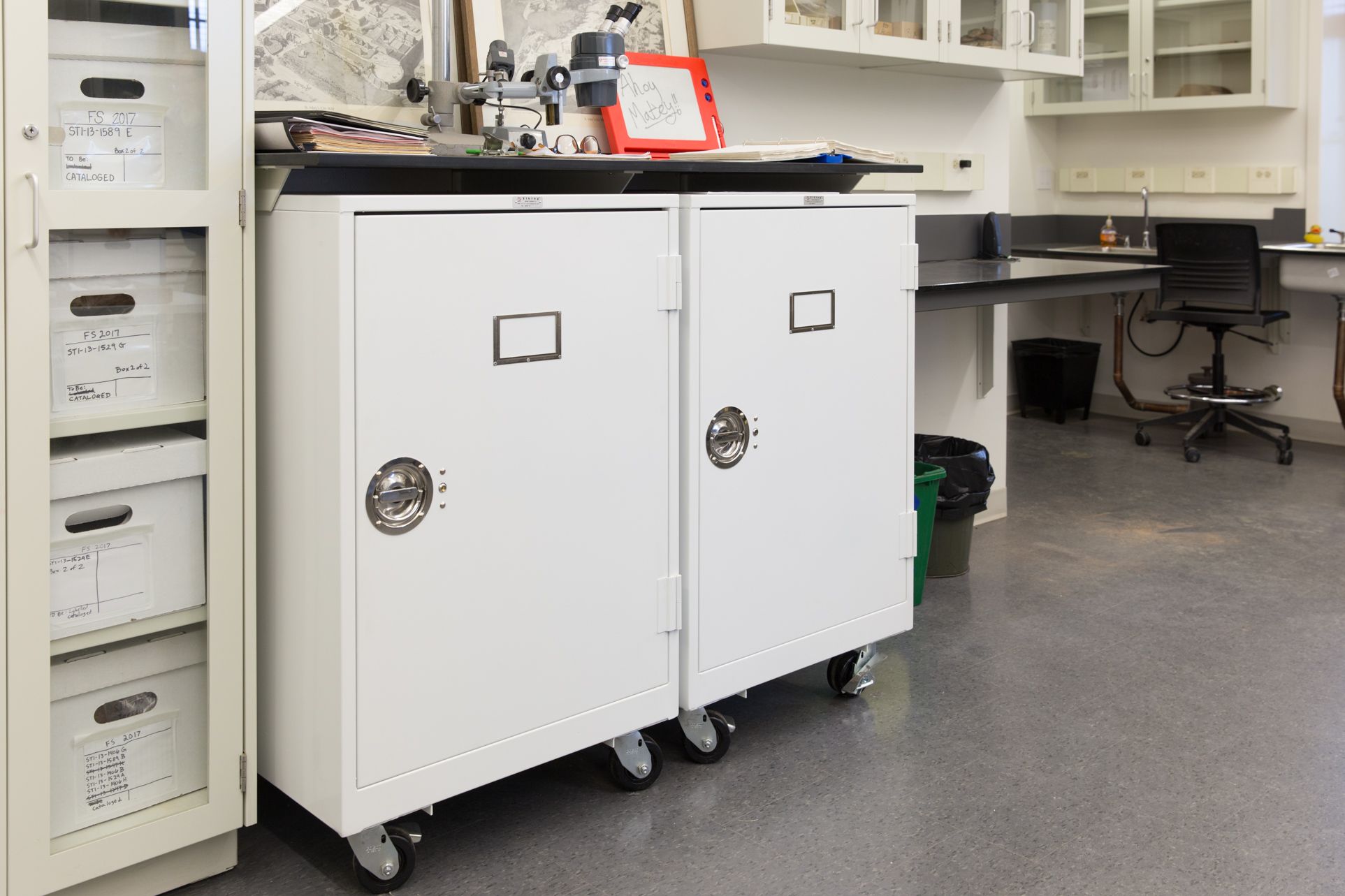
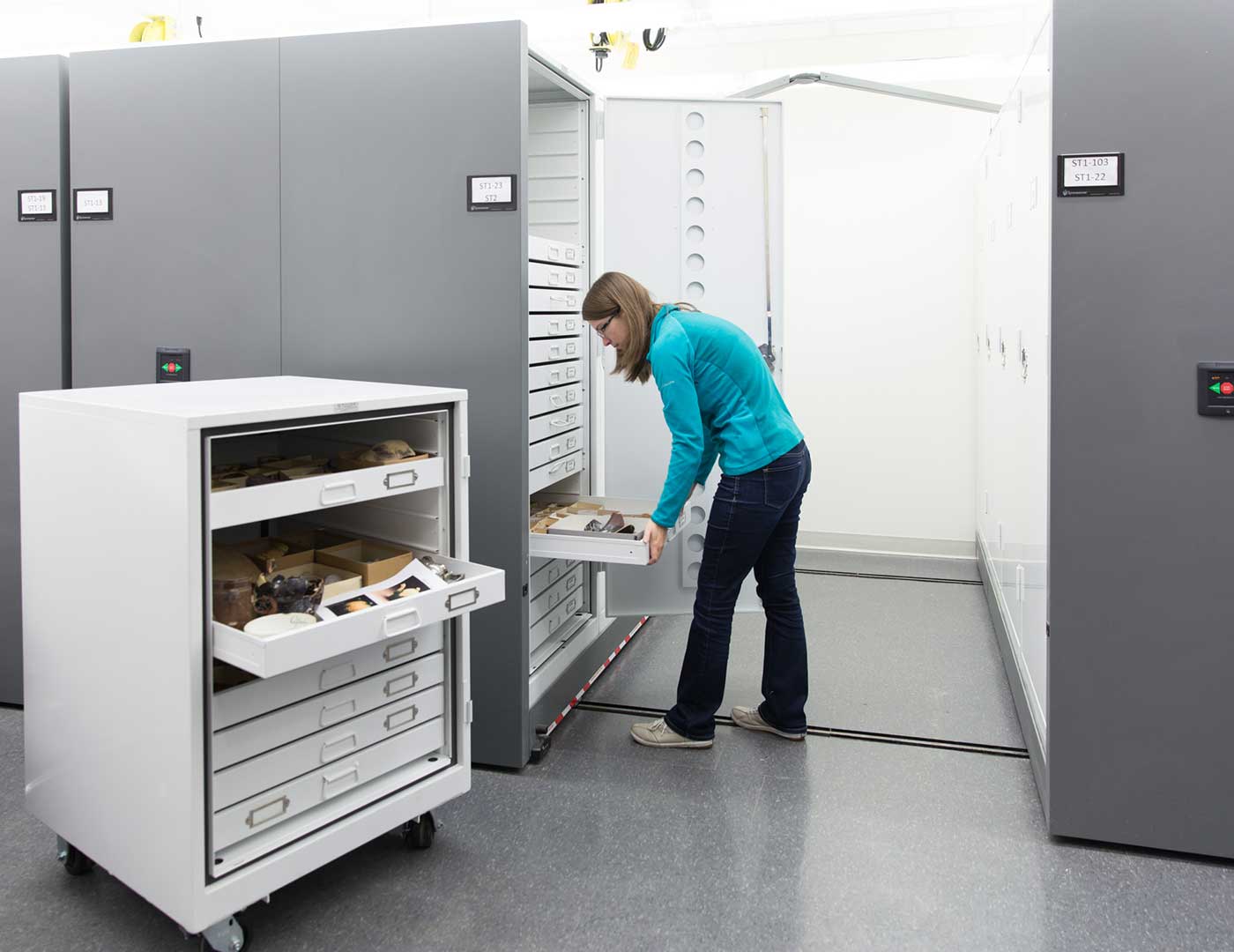
"We have a fleet of rolling collection carts. We can pull out the appropriate drawers for a lecture, put them in one of the carts, and then roll it to a classroom. They make life a lot easier."
- Silas Hurry, Curator of Collections and Archaeological Laboratory Director
The Archives
The museum’s paper records are boxed and stored on powered Spacesaver compactors. Because the Spacesaver team was brought in early in the project design phase, the room was designed to bear the weight of the system and the rails were integrated directly into the floor.
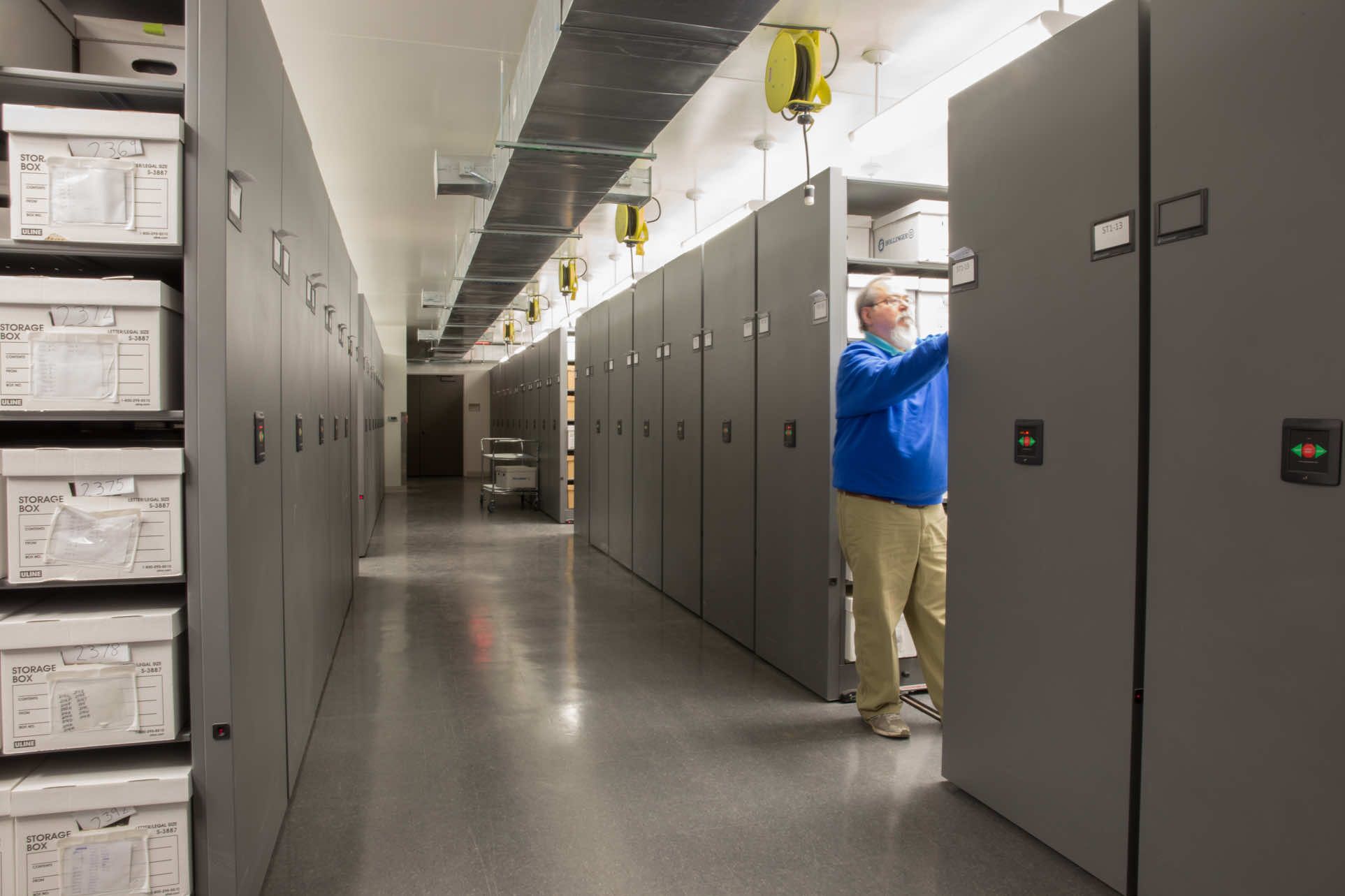
Oversized Storage
Not all artifacts fit into tidy boxes. The museum’s oversized collections area is home to furniture, wooden paddles, and even rare lead coffin lids that were excavated at the site.
Because space was limited, heavy-duty shelves and cabinets were fitted onto Spacesaver compactors. The local Spacesaver consultant conveyed the museum’s specialized needs to Spacesaver’s in-house engineers, who were able to design extra-large drawers and cabinets to accommodate oversized artifacts.
